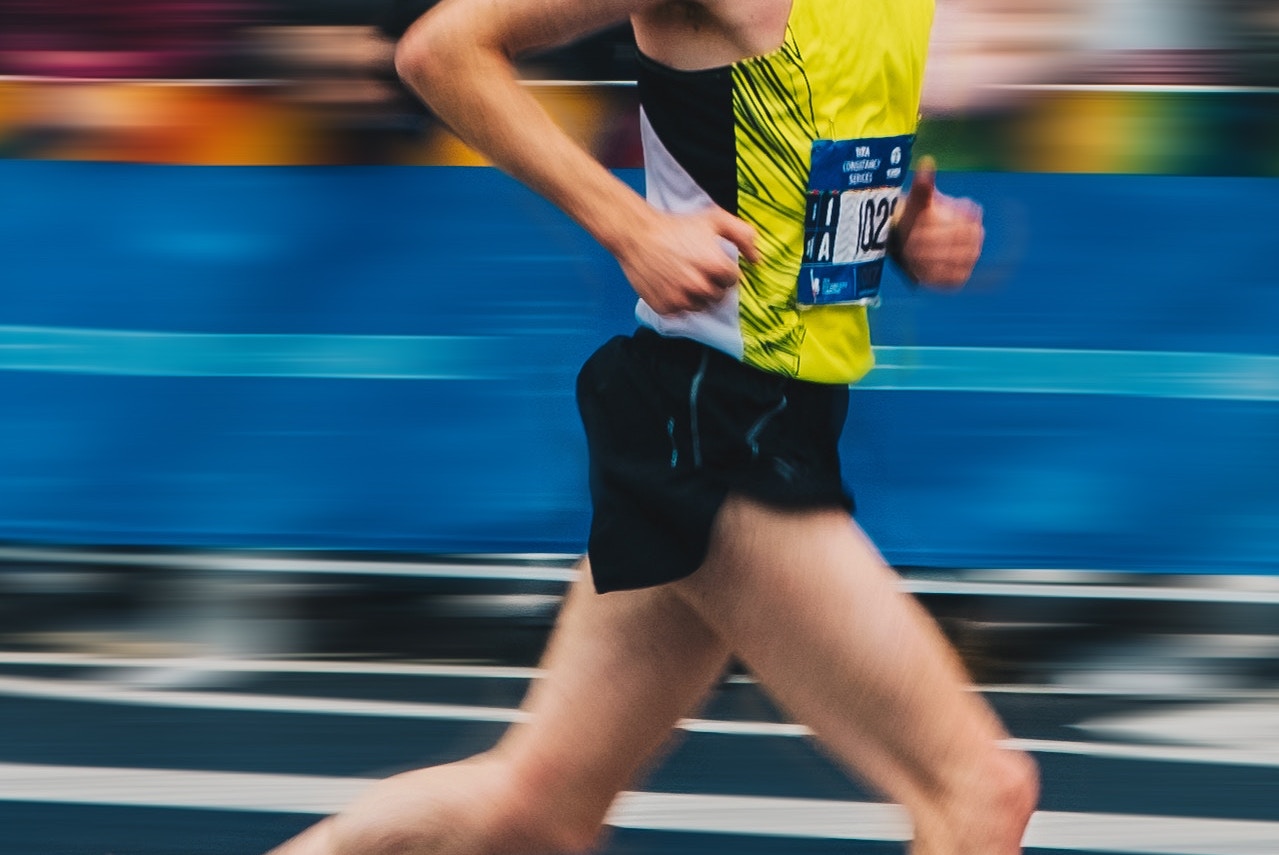Chafing is always a risk, especially in summer. Here’s how to prevent and treat this common problem.
Chafing is a type of skin irritation that can go from mild to extremely painful within minutes. It happens when skin continuously rubs against skin, clothes or other surfaces.
The inner thighs, underarms, ankles and nipples are all prone to chafing, especially when you’re participating in sports activities. If you’ve ever done a long run or hike, your feet and/or ankles probably chafed at some point, leading to painful blisters.
Heat, moisture, poorly fitting clothes and shoes, and excessive or unusual exercises all increase your odds for chafing. When your skin is moist because you’re sweating on a hot day or running in the rain, you can quickly chafe to the point that your skin breaks and starts to bleed.
Chafing is a problem for athletes
Chafing is a major problem for professional runners, cyclists and other athletes. In fact, research among marathon runners showed that the most common skin-related issues were:
- Blisters and other injuries from repetitive friction (0.2-39%)
- Jogger’s nipple (2-16.3%)
- Chafing and abrasions (0.4-16%)
Jogger’s nipple comes from friction between a runner’s shirt or underwear, and their nipples. It’s particularly common among women who run without bras and men who wear shirts made of coarse fibre. While chafing itself isn’t serious, it can lead to infection. So, it’s important to manage it quickly.
How to prevent chafing:
- Dress lightly, especially on warm days, so that you can move with ease.
- Apply talcum powder or petroleum jelly to chafing-prone areas.
- Use a good antiperspirant under your arms.
- Wear clean, dry clothing, as dried-up sweat and dirt may irritate your skin.
- Wear the appropriate clothing and shoes for the activity you’re doing: a good sports bra, soft, moisture-wicking fibres to train in, and make sure your clothes and shoes fit properly.
- When you’re running or hiking outdoors, take care not to get your shoes wet.
- Drying powders used on the feet can increase your risk for chafing and blisters. Opt for good-quality socks instead.
- When you go hiking, wear two pairs of socks made from different fabrics to reduce skin friction (nylon anklets combined with woollen socks work well).
- Use commercially available patches or tape to cover your nipples during jogs and runs.
- Lose weight if you’re overweight to reduce your risk for chafing, especially between the thighs. It may also help to wear spandex shorts under your dresses and skirts.
- If you feel that your skin is starting to become irritated during an activity, stop what you’re doing.
Treat chafed skin:
- Clean the area with gentle, unscented soap and water.
- Dry the area thoroughly.
- Use petroleum jelly, nappy rash cream or antiseptic ointment to relieve the irritation and prevent the chafed skin from drying out.
- Once your skin has healed, apply talcum powder or petroleum jelly to the affected area to prevent further chafing.
References:
- https://medlineplus.gov/ency/imagepages/9170.htm
- https://www.aad.org/public/skin-hair-nails/injured-skin/blisters
- https://www.ncbi.nlm.nih.gov/pmc/articles/PMC4148272/
- https://www.ncbi.nlm.nih.gov/pmc/articles/PMC1724877/
- https://www.ncbi.nlm.nih.gov/pmc/articles/PMC1724877/pdf/v038p00498.pdf
- https://www.niddk.nih.gov/health-information/weight-management/staying-active-at-any-size
- https://www.aad.org/public/skin-hair-nails/skin-care/petroleum-jelly
- https://www.podiatrytoday.com/how-to-manage-friction-blisters
- https://medlineplus.gov/ency/article/002034.htm

